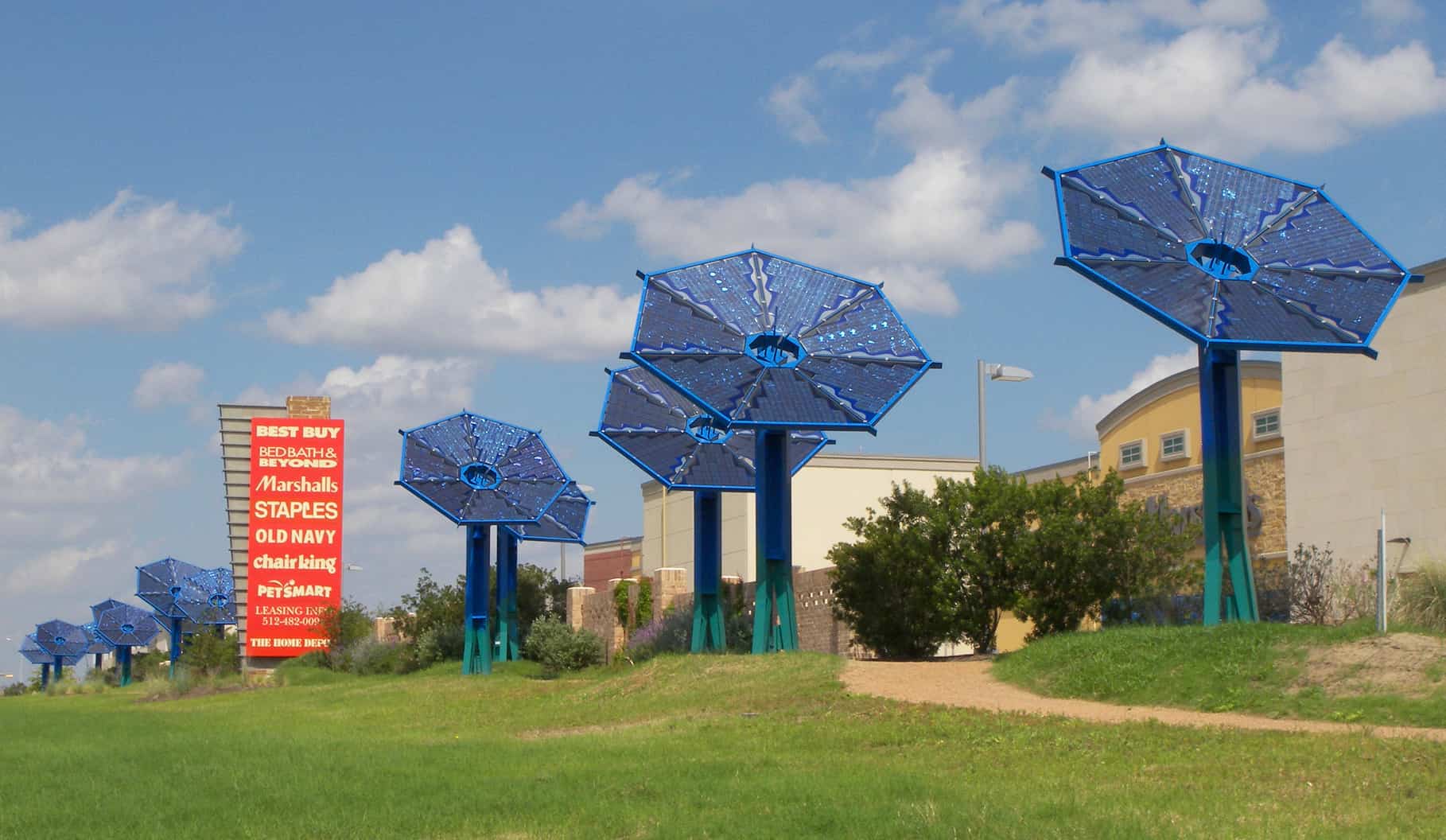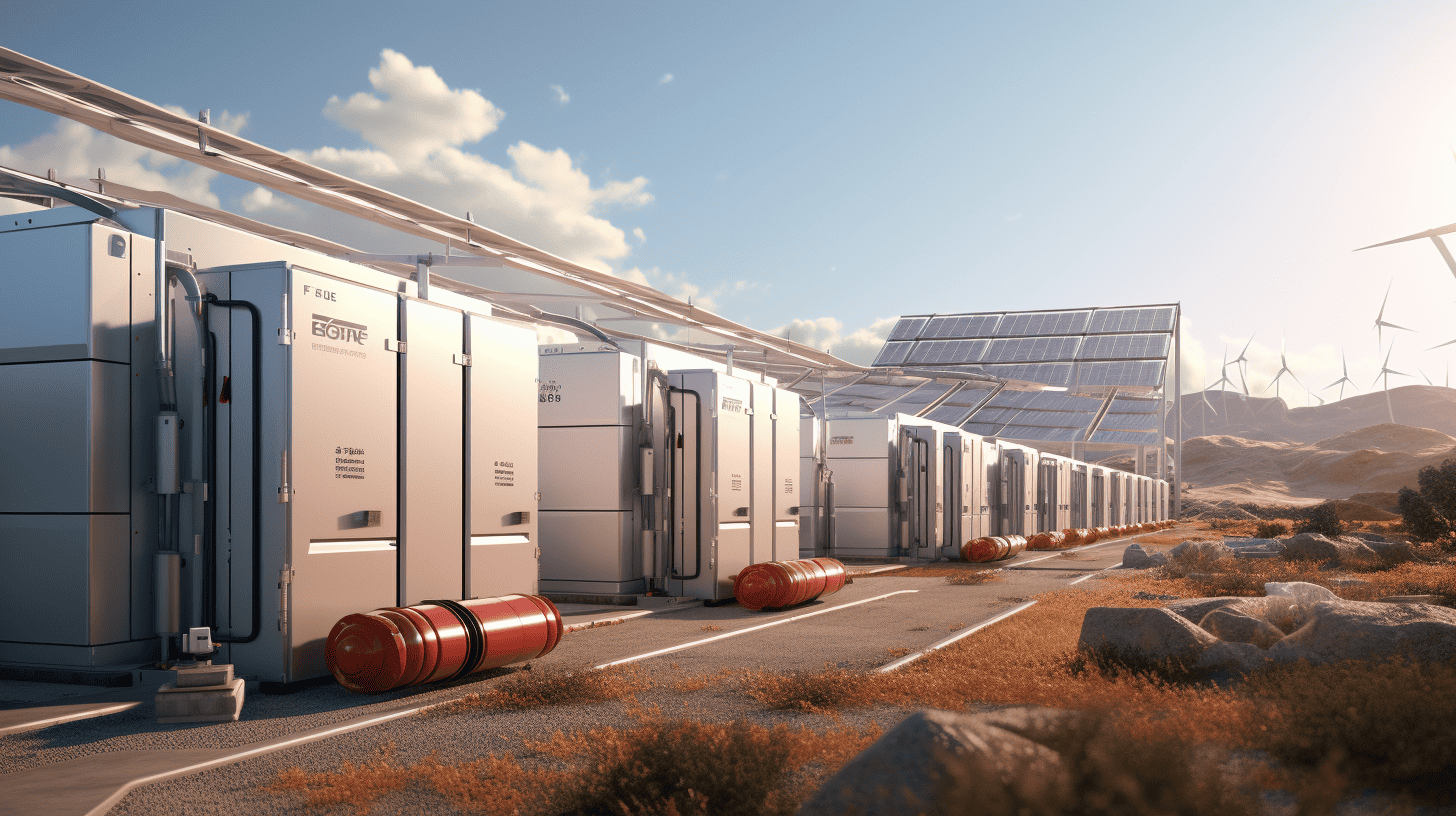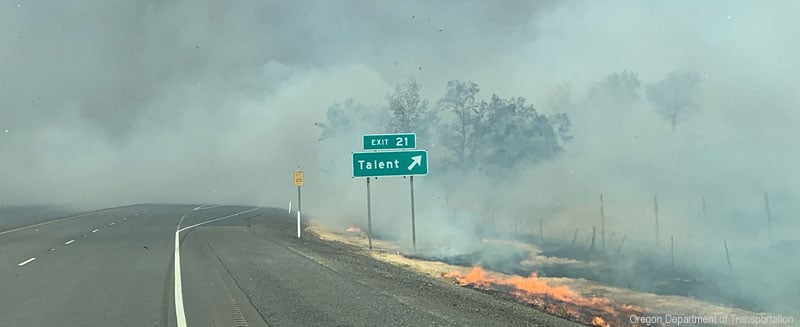
Solar energy is proving to be a crucial ally in Texas’ battle against climate change and its immediate consequences, such as power grid collapses during heat waves. The state has added approximately 4.4 gigawatts of solar capacity since last summer, making it the second-largest electricity source after natural gas. Solar power has played a vital role in stabilising prices and ensuring grid reliability during these extreme heat events. However, as solar output decreases in the evening, there is a pressing need for other clean energy technologies like wind and battery storage. Texas has installed 2.3 gigawatts of battery capacity, but experts suggest better demand management and energy efficiency strategies are needed.
- Texas has added approximately 4.4 gigawatts of solar capacity since last summer.
- Solar power has played a vital role in stabilising prices and ensuring grid reliability.
- So far, the state has installed 2.3 gigawatts of battery capacity.
Grid battery installations: A growing trend in Texas
With the state experiencing extreme heat events, Texas has turned to battery storage installations to supplement solar power during periods of decreased solar output. So far, the state has installed 2.3 gigawatts of battery capacity, with plans to expand this capacity in the coming years. This growth in battery installations is vital in ensuring grid stability and providing a continuous supply of electricity during evening hours when solar power wanes.
As temperatures in Texas soar, reaching up to 48°C (118°F), maintaining a stable power grid becomes increasingly challenging. The state’s efforts to expand battery storage installations serve as a cautionary tale for the rest of the world, highlighting the importance of integrating clean energy technologies in the fight against climate change. This integration is necessary not only for reducing greenhouse gas emissions but also for ensuring the resilience of power grids during extreme weather events like heat waves.
Texas: A warning and a roadmap
Texas’ struggle to maintain grid stability during heat waves serves as a stark reminder of the consequences of climate change and the urgent need for clean energy solutions. Despite facing challenges, Texas leads the nation in renewable energy installation, with solar power accounting for 15% of the electricity used by Texans and wind contributing 31%. This progress in clean energy adoption demonstrates the state’s commitment to combating climate change and sets an example for other regions to follow.
However, Texas has also faced opposition from Republican lawmakers who have introduced bills to impose additional fees and disincentives on wind and solar energy. These attempts to undermine clean energy adoption emphasize the importance of political support for the transition to renewable energy sources. As climate change exacerbates extreme weather events, countries around the world must prioritize upgrading their power infrastructure and integrating clean energy technologies to ensure grid stability and resilience.
Addressing climate change and grid stability
A study published in Nature Climate Change highlights the positive impact of solar panels on the global climate, inducing regional cooling by converting solar energy to electricity. This cooling effect, combined with Texas’ efforts to expand solar capacity and battery storage installations, illustrates the immediate benefits of solar power in both the long term battle against climate change and addressing its immediate consequences, such as power grid collapses during heat waves.
As the world faces increasing challenges due to climate change, the story of Texas serves as a powerful reminder of the importance of clean energy technologies like solar power and battery storage. By investing in these technologies, countries can not only reduce their contribution to global warming but also ensure the stability and resilience of their power grids during extreme weather events, providing a safer and more sustainable future for generations to come.







